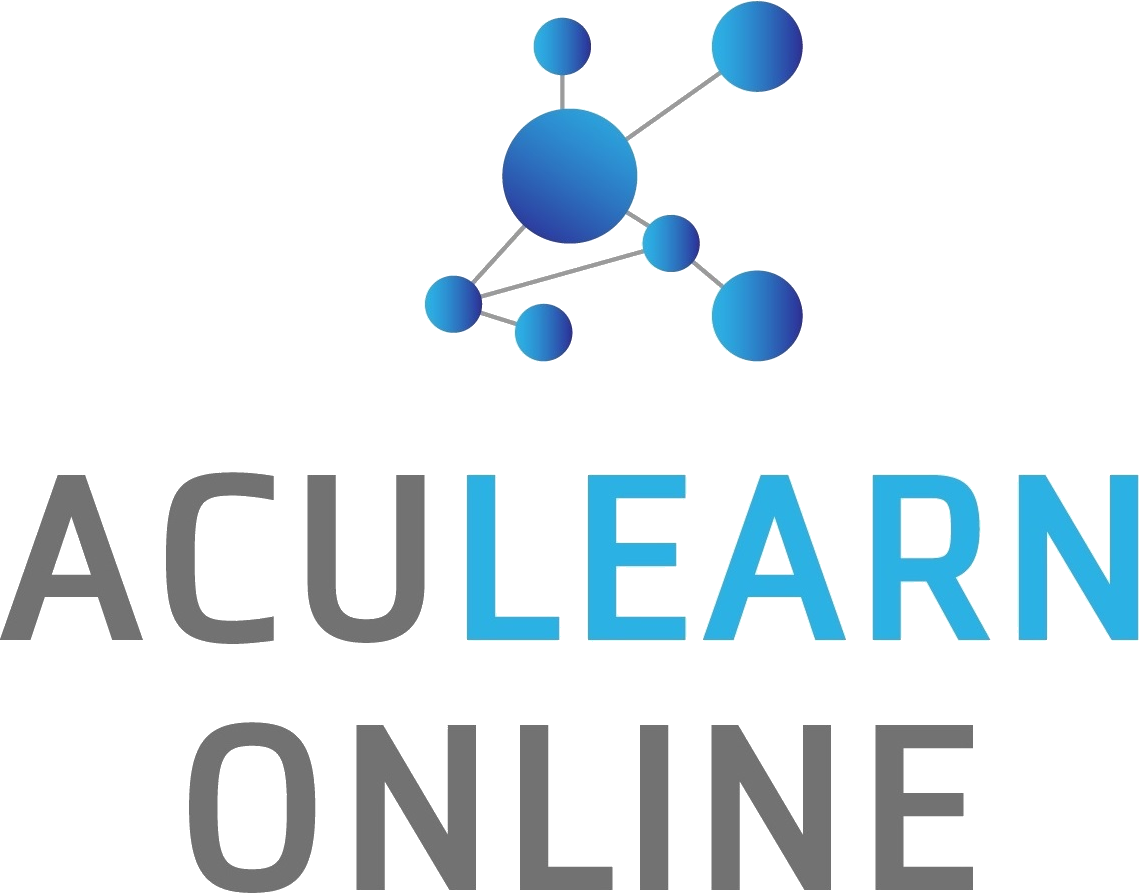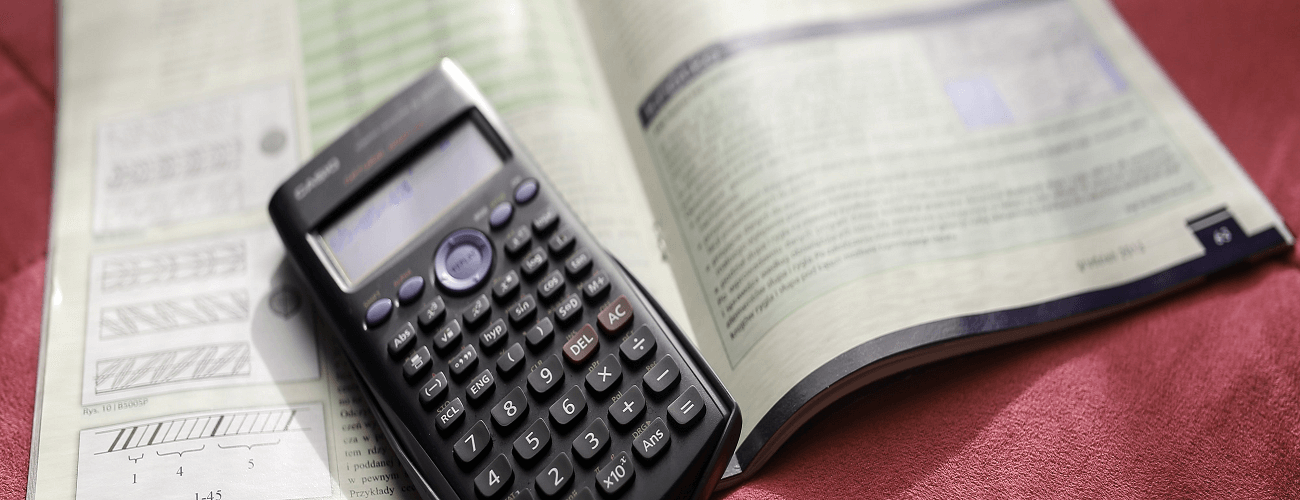Science is often best learned via hands-on experiments. The primary science curriculum includes exploration of concepts through simulations and real demonstrations, such as watching the process of germination through growing beans and observing how we inherit traits from our parents. Why is there so much of a focus on experiments, and what does hands-on learning do for students?
Inspire Inquisitiveness
Experiments prompt students to consider the different possibilities and outcomes of a scientific hypothesis. It is one thing to learn about the experiments that have been conducted, but another thing to actually carry out the experiment and witness the results. Students can even get more involved in the experiment by making a hypothesis – predicting what they think the outcome will be. This can be a good test for them to see if they have mastered the concepts well enough by making an accurate prediction.
By building on a child’s curiosity, they may even become interested enough in the pursuit of science to come up with their own hypotheses and design their own experiments to test them.
Learn Through Experience
One of the major benefits of hands-on learning is that it allows students to observe for themselves the scientific concepts they learn about. For instance, teaching students that plants transport water through the xylem and food through the phloem is just another fact that they have to memorise. However, if the students are given the chance to observe the process of food and water transportation by placing a celery stick in a bowl of colored water, they can then see how the color travels through the plant and even cut up a cross-section of the stalk to see which parts of the plant became stained with color.
Learning by experiencing a scenario often helps students to retain information better, as they have a clear memory of the experiment conducted, its conditions, and its outcome. If such an experiment is described in their PSLE science paper, they can then recall it and answer the question with ease. Students often learn even more effectively if they make mistakes in their hypothesis when conducting the experiments and realise where they went wrong. After all, it is much better to make mistakes during learning than during the examination.
Cater to Kinaesthetic Learners
According to the three primary styles of learning, there are visual learners, auditory learners, and kinaesthetic learners. Most people are attuned to one or two of these learning styles, which means that they absorb information and learn skills better when they are taught in a way that fits their learning style. Auditory learners learn best by listening, visual learners learn best by seeing, and kinesthetic learners learn best by doing. Unfortunately, many classroom-based teaching methods used in schools today are not enough to fulfill the needs of kinaesthetic learners. While textbook learning, watching videos, or listening to lectures may be helpful for some percentage of students, the best way to involve all students in the learning process is to cater to kinaesthetic learners as well – those who learn most effectively by physically doing the task. In this way, those who are auditory or visual are still able to apply their learning skills through observing or listening to the teacher, while kinaesthetic learners also get the opportunity to shine by practicing the experiment themselves.
Benjamin Franklin once said, “Tell me and I forget, teach me and I may remember, involve me and I learn.” This statement may hold true not only for kinaesthetic learners but also for those with learning difficulties. Some children with special needs may find it difficult to concentrate in a classroom setting, effectively learning better when they are directly involved in hands-on techniques. Incorporating science experiments into the primary science curriculum create an opportunity for different types of students to learn and levels the playing field across students of all capabilities.
Promote Groupwork
Not all experiments can be conducted alone. Some require a team to work together, especially for larger undertakings. Teamwork and interpersonal skills are highly valued soft skills in the working world these days, which can only be learned through experience. By working on hands-on tasks in a team, students can pick up the valuable skills of working in a team and cooperating with each other. They can also get a chance to appreciate the greater heights that combined efforts can achieve. Additionally, students can take turns leading their own groups to hone their leadership and communication skills. In this way, the students are introduced to group activities as early as primary school, building the foundation for the teamwork that higher education and the working world will require.
Conclusion
As we have seen, there are numerous benefits to hands-on learning for primary school science. In addition to promoting teamwork and cooperation with one’s peers, hands-on learning in the form of science experiments is also a great way to involve all types of students in the lesson. Most students will be able to absorb and retain science concepts much better if they get to experience it themselves in an experiment, and even more, if they are able to make hypotheses and predictions, and draw conclusions from the results of each experiment.




